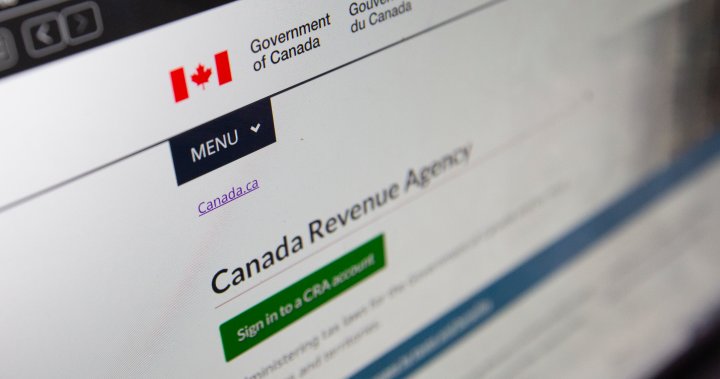As questions swirl around how long Canadian rail lines might stay dormant, some economists argue that the Bank of Canada ought to look past any disruptions as it looks to tame inflation and ease pressure on the stagnant economy.
The federal government on Thursday waded into a rail shutdown that began earlier that day, promising to impose binding arbitration to get a deal between CN Rail, Canadian Pacific Kansas City and the union representing more than 9,000 of workers in the country.
The Teamsters Canada Rail Conference said Friday, however, that it would challenge the labour minister’s order in court.
Uncertainty around how long these disruptions may last could have dire implications for the Canadian economy, given the critical function rail lines play in ferrying goods coast to coast for sectors like the agricultural, automotive and retail industries.
The hit to Canada’s economy could snowball if the rail stoppage stretches on, according to an analysis from Bank of Montreal.
Senior economist Robert Kavcic said in a note to clients Thursday morning that another “supply shock” for the economy could, in the near term, hurt growth and stoke inflation — just as price pressures are finally coming back under control.
Inflation eased to 2.5 per cent annually in July, continuing a cooling trend seen through much of the year.
But supply chain snarls were at the heart of the early days of the current inflationary episode: consumer demand exploded in the pandemic recovery, while semiconductor shortages and long delivery times drove up prices on goods like vehicles and appliances.

Get weekly money news
Get expert insights, Q&A on markets, housing, inflation, and personal finance information delivered to you every Saturday.
Kavcic’s colleague, BMO economist Erik Johnson, told Global News this week that much of the inflationary relief as of late has come from those goods.
Delays in getting those products to market again could “jeopardize” some of the recent progress taming price pressures, he said.
“The harder it is for retailers to restock those things, put those things on shelves, we might start to see some of that deflationary pressure abate. And that’s something that could certainly set us back a little bit on this quest to bring inflation back to target,” he said.
The Bank of Canada has lowered its benchmark interest rate in its most recent decisions in June and July, with many economists expecting the central bank will continue to cut at the remaining three meetings this year.
James Orlando, director of economics at TD Bank, told Global News last week that even if the rail shutdown does put upward pressure on inflation, the question is whether that impact would be “sustained.”
In the case of a rail stoppage, which has rarely stretched past a week in recent Canadian history, Orlando argues any inflationary impacts are very likely to be temporary.
“Any central banker would say that if something is temporary, you should look through it,” he says.
In gauging the impact on Canada’s wider economy from a rail shutdown, Kavcic compared the latest shutdown to similar episodes in 2012 and 2019, which both lasted roughly eight days.
Rail output fell four to six per cent in these cases, which he noted is “very small in the grand scale of the Canadian economy.”
But because so many sectors of the economy rely on the rail network, overall real gross domestic product fell 0.1 percentage points as a result of those two examples.
In this instance, BMO is projecting a similar decline per week that trains are halted, with the impact growing the longer the rail shutdown stretches on.
While that may seem minor, a few tenths of a percentage point here and there could mean the difference between negative and positive growth for Canada’s economy in a given period — Statistics Canada’s early estimates for June have real GDP growing just 0.1 per cent in the month, down from 0.2 per cent in May.
A similar analysis from CIBC senior economist Andrew Grantham also projects that an extended shutdown could send the Canadian economy into a contraction.
“A one-week lockout, including the indirect impacts, would shave nearly a half per cent from annualized Q3 GDP, but extending this to a full month would put Q3 growth into negative territory,” he said in a note to clients on Thursday.
Grantham also pointed to a rail dispute potentially rekindling some inflationary fires, but he noted that “the effect on inflation would be smaller than the negative impact on GDP.”
The Bank of Canada’s recent communications have included a shift away from fears that inflation won’t return all the way to two per cent and increased concerns about impacts on the labour market and the wider economy.
“We would expect the Bank of Canada would look through any short term impacts on prices, leaving monetary policy still on course for rate cuts at the three remaining decision dates this year,” Grantham said.
— with files from Global News’ Uday Rana
© 2024 Global News, a division of Corus Entertainment Inc.




